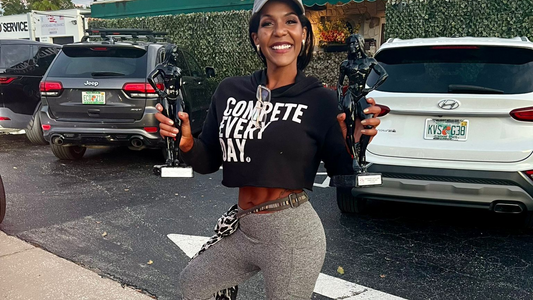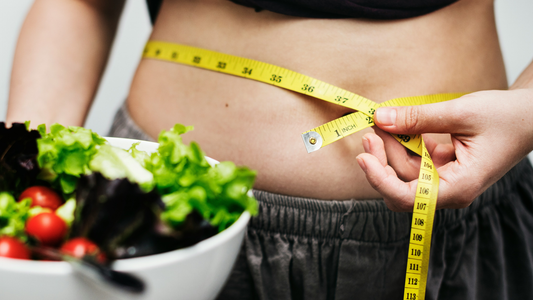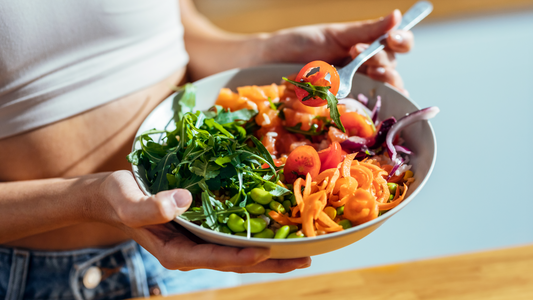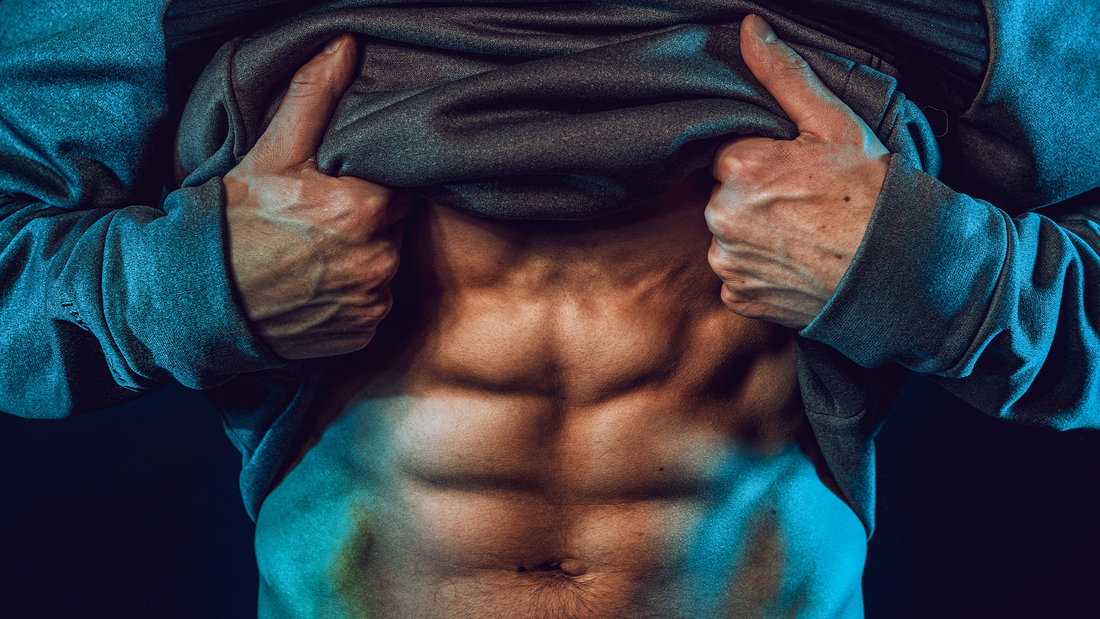
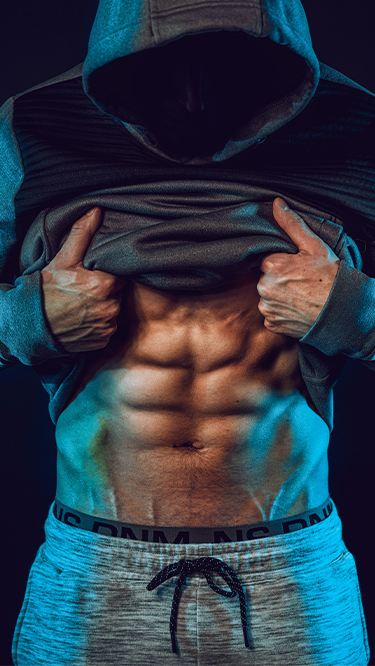
Powerlifter Vs. Bodybuilder: Understanding the Difference
Strength and aesthetics are two major goals that drive people into the world of weightlifting and resistance training. While both powerlifting and bodybuilding are popular avenues for achieving these goals, they are distinct disciplines with different training methods, objectives and philosophies. Exploring the key differences between a powerlifter vs. bodybuilder helps you gain a better understanding of these two pursuits.
ZOZOFIT takes a look here.
The Differences Between a Powerlifter vs. Bodybuilder
Understanding these two disciplines starts with grasping the differences between the approaches, methodologies and considerations.
Training
One fundamental difference between bodybuilding and powerlifting lies in the approach to training. Powerlifters focus their training on lifting as much weight as possible. Their goal is to maximize their lift in the squat, bench press and deadlift.
Bodybuilders, on the other hand, prioritize muscle development, symmetry and aesthetics through a variety of techniques and exercises.
Training sessions for powerlifters typically focus on heavy lifting and short sessions, while bodybuilders do much longer sessions with multiple sets and exercises for whole-body results.
Physique
You may also notice a difference in the physique between bodybuilders and powerlifters. Since powerlifters prioritize maximum strength, they often have a bulkier body structure with higher body fat percentages. Bodybuilders put greater emphasis on lower body fat levels and prioritize the aesthetics of a sculpted, toned physique.
Diet
The dietary structure for powerlifters emphasizes a calorie surplus to help support strength gains. In contrast, bodybuilders prioritize rigid dietary control to build muscle and minimize body fat.
Competition
Success in a powerlifting competition depends upon how much weight a competitor can lift. The competitor with the heaviest lift in the squat, bench press and deadlift events wins.
Bodybuilding competitions judge the competitors on muscle definition, symmetry and physical presentation, not measurable strength.
Injuries
Powerlifters face increased risks of acute injuries due to the weight they lift and the strain it causes the body. Bodybuilders have greater risks of overuse injuries from repetitive movements in training.
The Basics of Powerlifting
Powerlifting is a strength sport that revolves around lifting maximal weights in three primary compound movements: the squat, bench press and deadlift. Competitors in powerlifting aim to lift the heaviest possible weight in each of these lifts, with the total weight lifted across all three being the ultimate measure of success.
These competitors focus primarily on building strength in these three lifts. Their training programs typically involve low-repetition, high-weight sets to develop the neuromuscular adaptations necessary for lifting extremely heavy loads. Powerlifters prioritize progressive overload and may employ supportive gear, such as weightlifting belts, knee wraps and wrist wraps, to aid in lifting heavier weights safely.
Since powerlifters need energy for lifting weights and promoting muscle recovery, their diets focus on proteins and energy sources with only moderate concern for their fat intake.
The Fundamentals of Bodybuilding
When comparing powerlifter vs. bodybuilder goals, bodybuilding emphasizes the development of a symmetrical, aesthetic physique. Bodybuilders engage in resistance training, cardiovascular exercise and precise nutrition to sculpt their bodies into works of art. Competitors focus on showcasing their muscular development, symmetry and overall presentation.
Competitors follow specific training regimens that target individual muscle groups. Their workouts typically involve moderate to high-repetition sets with a focus on muscle isolation and growth. Progressive overload is still crucial, but the emphasis is on achieving the "pump" in muscles rather than lifting maximal weights.
Bodybuilders strive for a balanced, sculpted appearance. Many competitors strive for the classic V-taper of broad shoulders and a narrow waist. Their training focuses on creating muscle size, separation and aesthetics rather than raw strength.
Achieving these goals depends upon a strictly regimented diet. Bodybuilders meticulously control their calorie intake, macronutrient ratios and meal timing to reduce body fat while preserving and even increasing muscle mass. Bodybuilders often go through bulking and cutting phases to build muscle and then reveal their muscular definition.
Bodybuilding competition judges evaluate a competitor's physique, including muscle size, definition, symmetry and overall presentation. There are categories for men and women, with different divisions such as bodybuilding, classic physique and bikini.
The Choice Between Bodybuilding vs. Powerlifting
Whether you lean more toward the world of powerlifting or bodybuilding depends on your personal goals, preferences and physical attributes. There are a few key factors that may help you determine the right path.
Your Goals
Is your primary goal to get as strong as you can? If your priority is strength and you are less concerned about appearance, powerlifting might suit you. Alternatively, if sculpting and appearance matter more to you than raw strength, you might find bodybuilding appealing instead.
Your Schedule
Understand that both of these disciplines require a time commitment. Consider your current schedule and how much time you have to devote to your path. Powerlifting workouts typically take a fraction of the time, making them more suitable for those trying to fit the pursuit into a demanding schedule.
Your Tolerance
When choosing between powerlifter vs. bodybuilder, your injury tolerance matters. Powerlifting puts you at greater risk of acute injuries under the weight, which makes bodybuilding less risky.
Your Diet
Given the strict dietary regimen of most bodybuilders, consider how well this fits your personality and your willpower. If the idea of a heavily restricted diet seems challenging or impossible to you, look toward powerlifting instead.
Your Frame
Some body types naturally have a predisposition to one discipline or the other. Individuals with a larger frame and stronger foundation may do better with powerlifting, while those with a naturally defined body shape might find bodybuilding easier.
Your Commitment
Depending on your commitment to the discipline, you might prefer to pursue powerlifting as a short-term passion compared to bodybuilding’s long-term lifestyle. Think about your goals and your ability to commit to the path before you make your choice.
The Path of a Powerlifter vs. Bodybuilder
Choosing between these two paths depends on your own personal preferences and tolerance levels. Understanding the disciplines and what sets each one apart will help you determine if you should consider becoming a powerlifter vs. bodybuilder. When you make your decision, you can use the ZOZOFIT app to track your progress and assess your performance.

![zf-w-[168px] zf-h-[40px]](http://zozofit.com/cdn/shop/t/15/assets/logo-desktop.png?v=117713855448369080381753069598)
